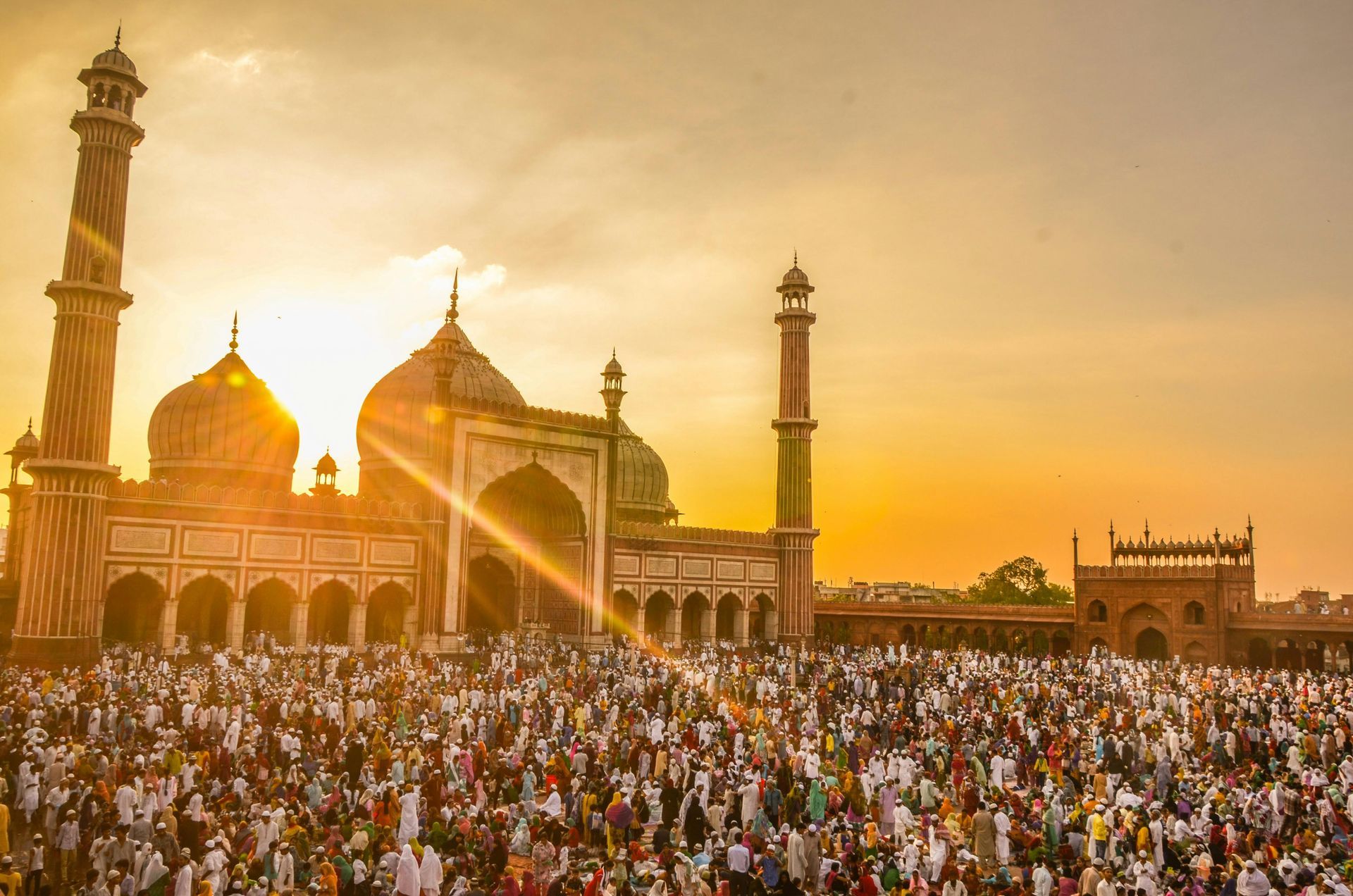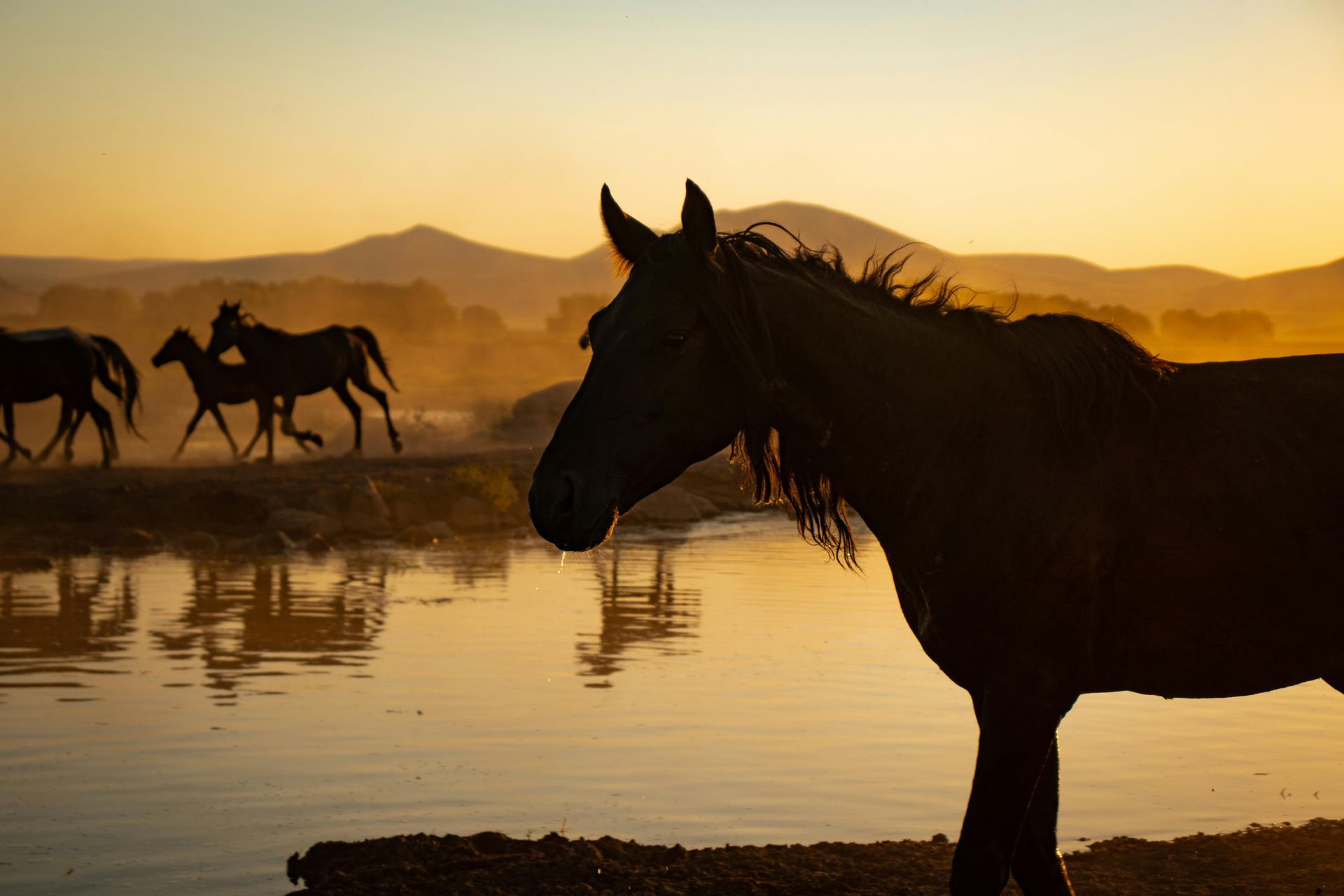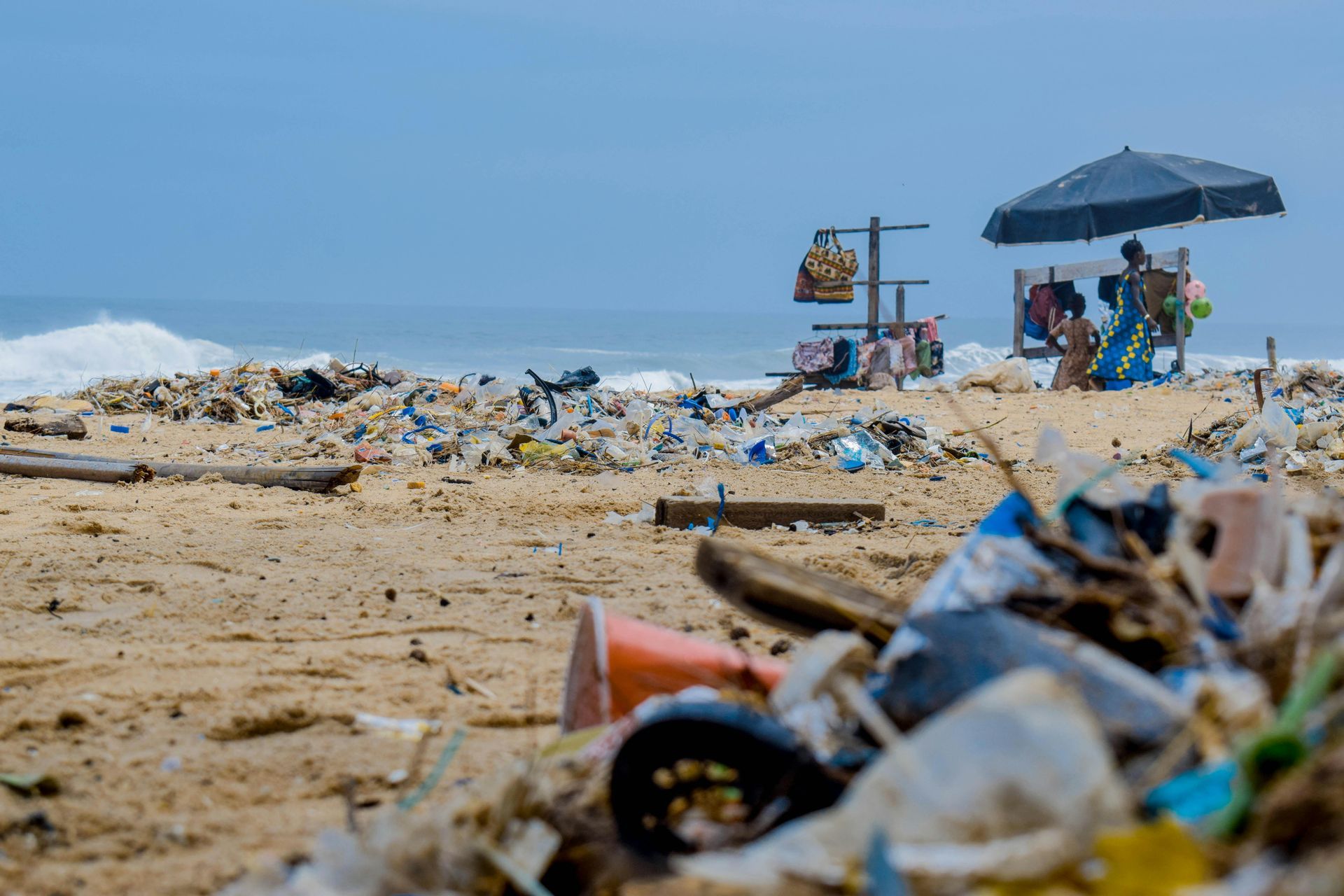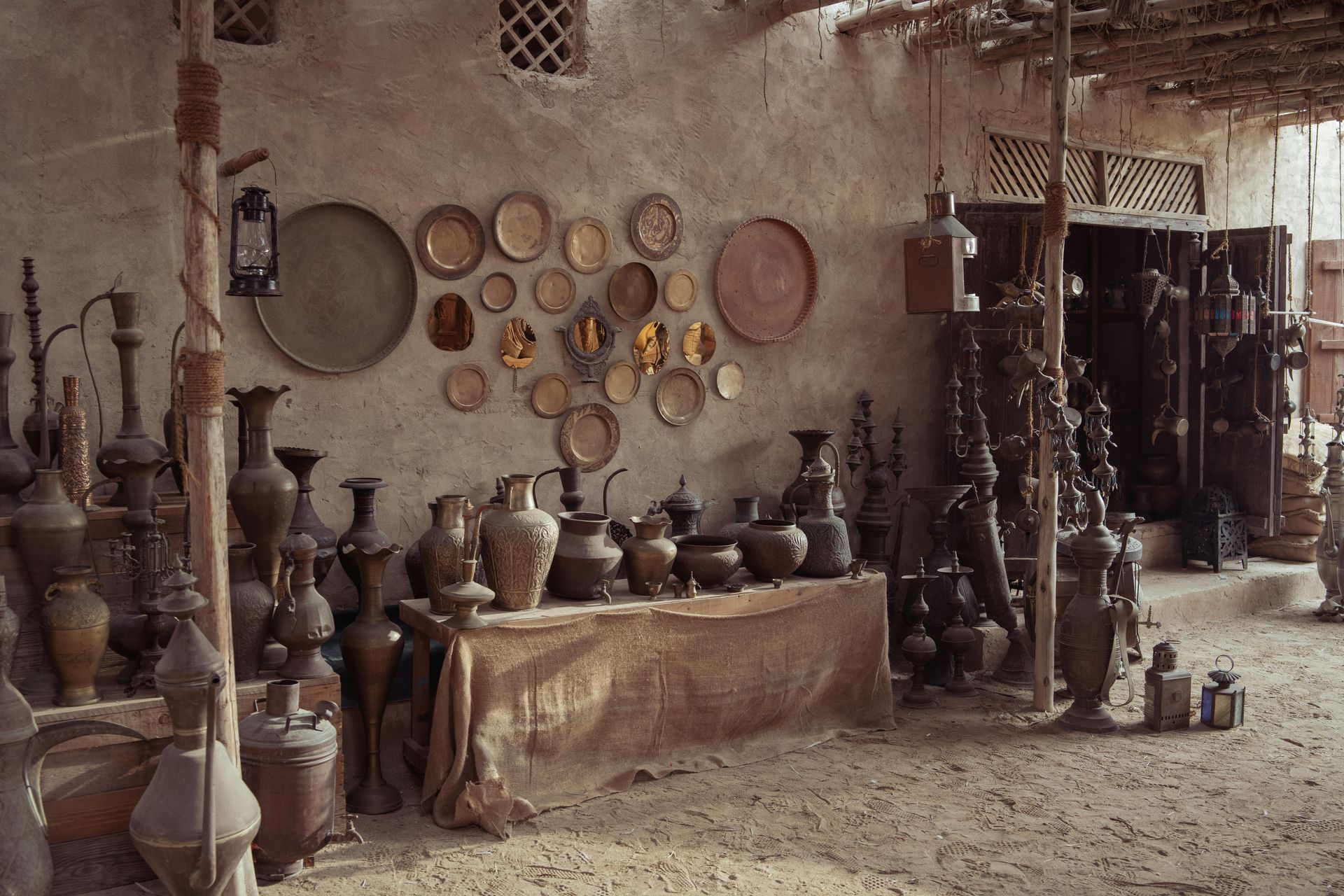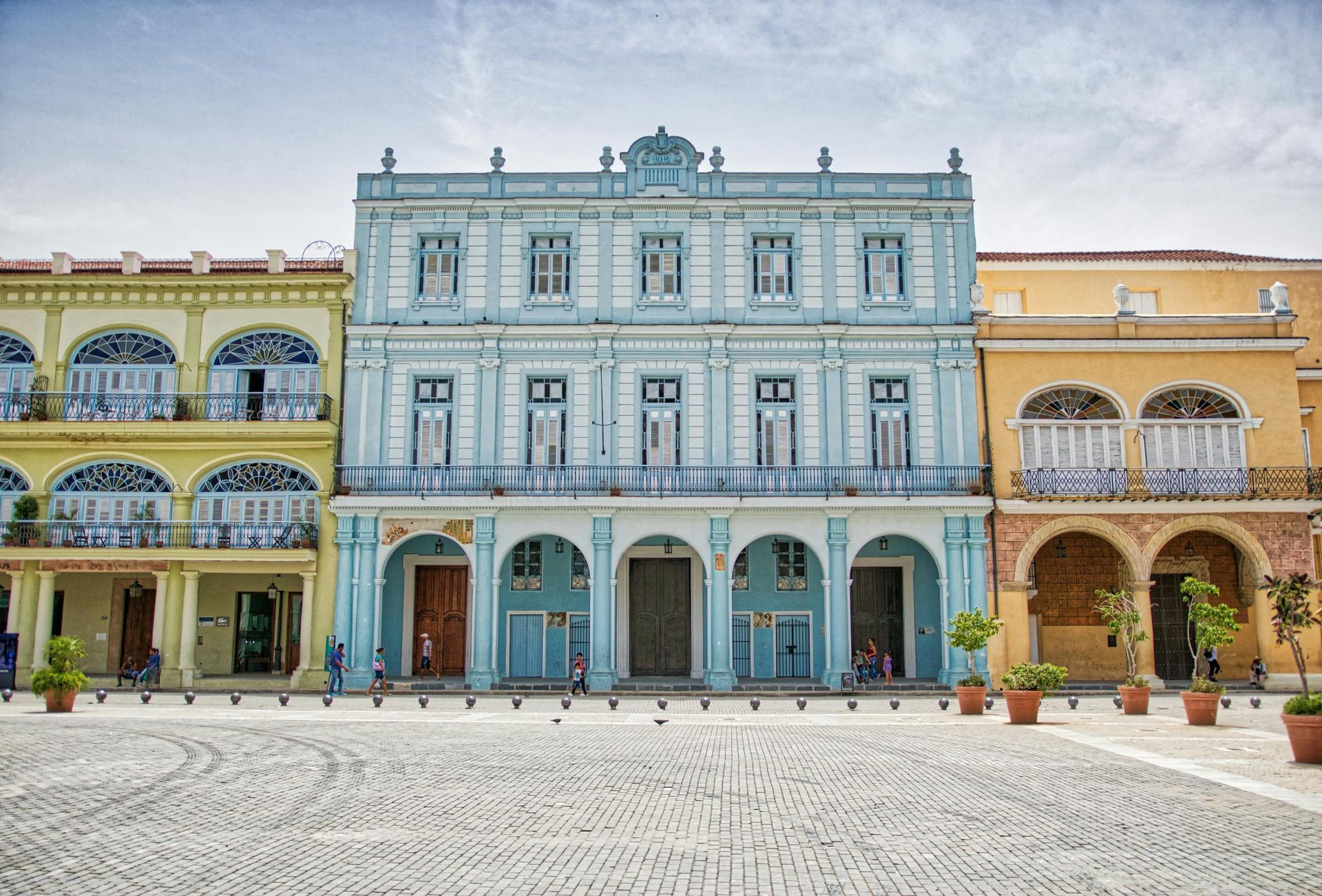From Sustainable to Regenerative: Stepping Stones to Save Our Planet
Lately you may have seen the term ‘regenerative’ being used in relation travel, and you may wonder, is it just another, more elevated way of saying sustainable? Does this new term refresh the goals of sustainability, or replace them entirely? How do we navigate the ever-changing terminology around caring for our earth?
We believe the most compelling answer can be found by understanding where the concept of regenerative travel came from and how it’s origin is shaping travel choices that benefit both people and planet.
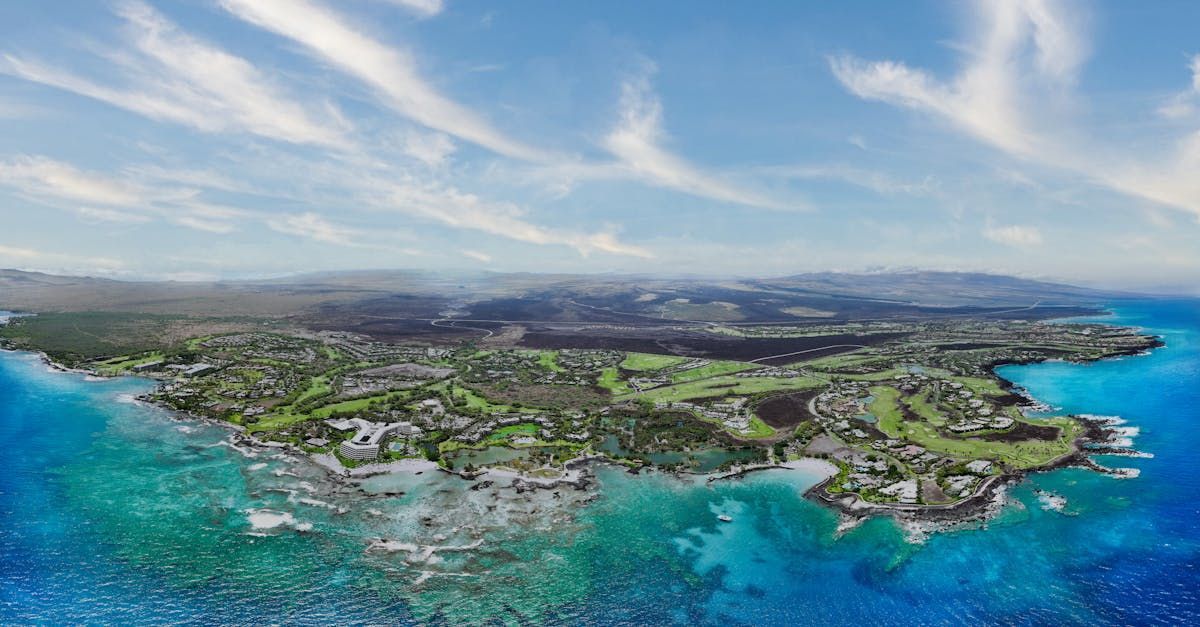
What’s in a Word?
As words become lodged in the public psyche, two things can happen. Either these buzzwords become so weighed down with cliché, their meaning slips away unseen, or these words become so loaded with stereotypes and politics, the original intent is lost in the distraction of interpretation.
The Cambridge Resource Efficiency Collective puts it this way: ‘As organisations and people scramble to align with the popular opinion on current issues, the word becomes mutated as the meaning gets stretched and used in new contexts. This act of ‘value-signalling’ leads to the word being used in places where it does not apply in its original definition and so the popular understanding of the word becomes increasingly vague.’
One could argue that this has already happened with the term ‘sustainability.’ In fact, the Resource Efficiency Collective even uses sustainability as an example of how buzzwords lose value over time, and how other words are often brought in to refresh our understanding of the its original intent: ‘Each buzzword is a rabbit-hole of definitions, contexts and loopholes that gets increasingly complex with every use of the word until the word is meaningless. This is the way of ‘sustainable’, which is now being increasingly replaced with ‘low-emissions’, ‘circular’ and ‘ethical’, which of course all lean towards different definitions of sustainability.’
So, with this in mind, is ‘regenerative’ simply a replacement for sustainability? Or does it signal a deeper shift in our understanding of how to care for our earth and the people who call it home?
Look to the Land
To get to the heart of regenerative travel, we must go back to its roots, which stem from earth- first agricultural practices. The term ‘regenerative agriculture’ was first coined in the 1980s, but the practice goes back much farther than that. Indigenous peoples have been practising this form of land management since well before colonisation.
According to reNature, ‘The indigenous culture to be deeply connected with their land allows for agricultural practice that works with rather than against natural systems. Their practices are highly customised to the land in which they are growing food, so there isn’t a one-size-fit-all approach […] it is more of an active learning process.’
This ‘active learning process’ is vital in understanding what regeneration is, especially in relation to sustainability. Sustainability’s focus is keeping things the way they are – no better or no worse – regeneration seeks to repair, replenish, and ultimately, renew. Sustainability is in some ways static, concerned with the ‘now.’ Regeneration is active, focused on the future.
The benefits of regenerative agriculture are incredibly hopeful – carbon sequestration, improved soil health and crop resilience, and increased biodiversity, to name a few. Perhaps it’s this hope that has helped the concept of regeneration to spread into the way we approach travel.
The Roots of A’ARU
Our very identity at A’ARU Collective fuses together the concepts of regenerative agriculture and regenerative travel. A’ARU is the Field of Reeds, a heavenly paradise. By living with the hope of the Field of Reeds, death was no longer the end of life for ancient Egyptians, but rather a ‘transition to another part of one’s eternal journey.’ Ruled over by Osiris, the god of fertility and agriculture, this paradise was a space where ‘everything thought to have been lost at death was returned.’
Like the Field of Reeds, regenerative travel brings renewal – a planet sustained on the brink of death being given new life for future generations through the choices we make today.
Stepping Stones
The concept of regenerative travel arriving on the scene doesn’t negate or replace sustainability – quite the opposite!
Where in the past sustainability was seen as an added ‘extra’, or something to make us feel good about our choices, it’s now a non-negotiable, the bare minimum of what we can do for our planet. Unfortunately, this has led to sustainability becoming a tick-box exercise in many industries.
As Sustainable Tourism and Responsible Travel says: ‘For many, sustainability has become a set of things to do not to make things worse […] If sustainability is about not making things worse, then regenerative is about making things better. The language we use is different – where sustainability is about optimization and maximization, the regenerative movement talks about thriving and flourishing.’
Regenerative travel builds on the concept of sustainability, as defined by the UN in 1987: ‘meeting the needs of the present without compromising the ability of future generations to meet their own needs.’ Instead of simply not compromising future generations, regeneration is about creating a better future, using sustainable principles as necessary stepping stones in our commitment to caring for the earth.
How does this translate to our travel choices? We must return to the active learning demonstrated in indigenous regenerative agriculture. Just as there is no one-size-fits-all approach to renewing the land, the same goes for regenerative travel. All destinations are unique, requiring different care and consideration to enable communities and environments to flourish. As travellers, we need to ask questions, be curious, and increase our awareness of the larger story unfolding around us.It is vital that we use sustainable practices as stepping stones towards regenerative travel, reframing our motivation from ‘what can I get out of my travels?’ to ‘what can I give back?’
Looking for more? Here are some great resources and articles on regenerative tourism and agriculture to get you started:
https://www.nytimes.com/2020/08/27/travel/travel-future-coronavirus-sustainable.html
https://www.linkedin.com/pulse/regenerative-vs-sustainable-tourism-shaping-future-travel/
https://www.greenguides.net/post/sustainable-travel-vs-regenerative-travel-what-s-the-difference
https://earthcheck.org/wp-content/uploads/2023/07/0723_EarthCheck_RegenerativePaper_FINAL.pdf
https://www.youtube.com/watch?v=Et8YKBivhaE
https://rodaleinstitute.org/wp-content/uploads/Rodale-Soil-Carbon-White-Paper_v11-compressed.pdf



